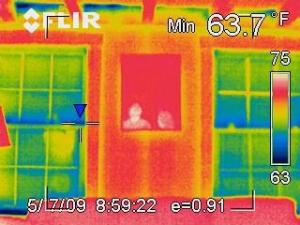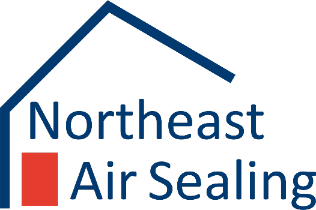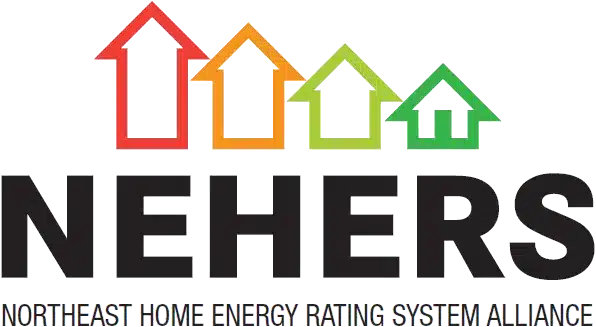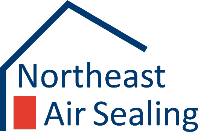Ready for better, faster air sealing for multi-family homes?
Schedule AeroBarrier installation.
Infrared camera scanning is the process of scanning the infrared light spectrum to find changes in heat. By utilizing an infrared camera, we can accurately assess differences in temperature to evaluate insulation, air leakage and locate thermal, structural and moisture issues. Heat sensed by an infrared camera can be very precisely measured, allowing us to monitor thermal performance, but also identify and evaluate the relative severity of heat-related problems.

Verifying heat or lack thereof
The quickest way to verify airflow at heat registers throughout a home is to turn on the heat or AC and then run around the house with an IR camera about 10 minutes later.
Ceiling stains
Infrared cameras can be used to quickly determine whether ceiling stains are active or not. This isn’t a definitive test for moisture, but when a ceiling is all the same temperature, it’s highly unlikely that the ceiling is wet.
Insulation problems
Insulation problems are probably the most obvious use for an infrared camera. When insulation is missing or not installed properly, it’s quite obvious. The camera may show missing or improperly installed insulation at an attic access panel. If a wall is not insulated, the studs will be the warmest part of the wall. Insulation that is missing or improperly installed is also quite easy to spot.
Hot spots in attics
During the winter, infrared cameras make it extremely easy to spot places where excessive heat is transferred to attic spaces. In cold climates like ours, this can lead to ice dams. One of the worst offenders is recessed lights; especially those that aren’t supposed to be in contact with insulation. Attic bypasses are especially easy to find with an infrared camera.






